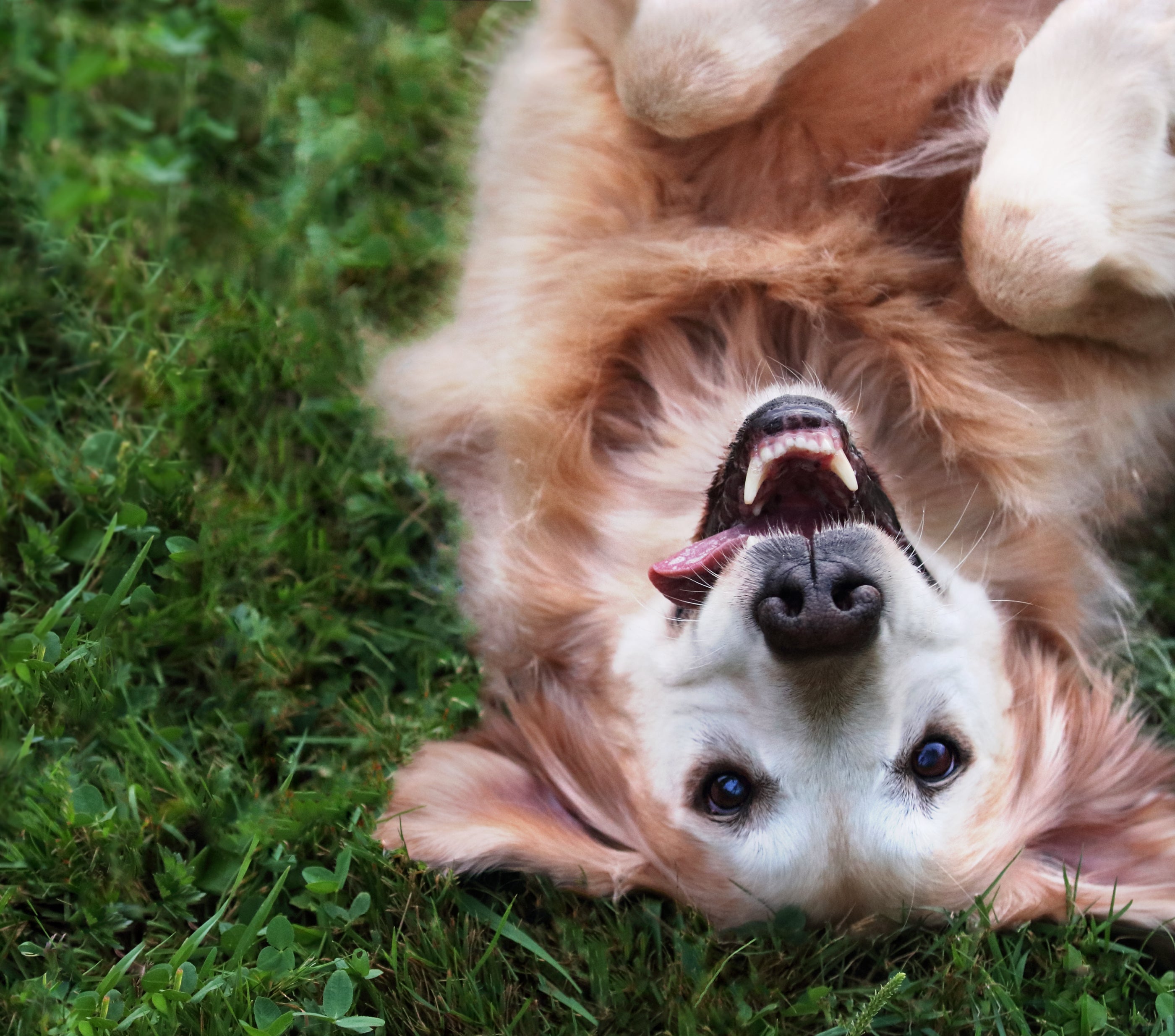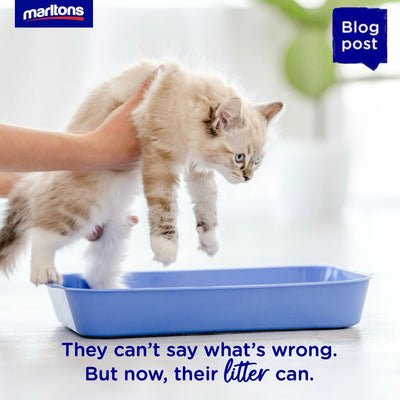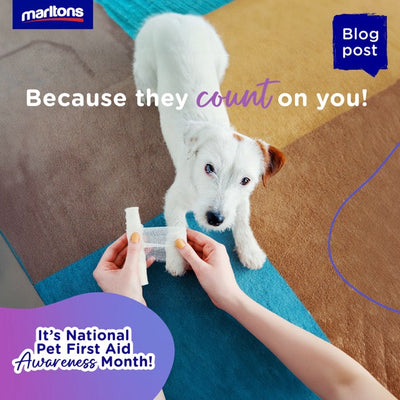The summer holidays are here and along with them come some of our hottest months. Great for braais, beaches and bikinis – but not so great for our fur friends who may be feeling more than just a little hot under the collar.
The long summer months can be uncomfortable, even dangerous, for pets as temperatures rise and they start to lose more water. Gavin Miller, Managing Director at Marltons, shares some pointers on how to know if your pet is drinking enough, tell-tale signs that they may be dehydrated, and tricks to make sure they’re getting their daily water intake.
Many pet owners don’t realise that dogs and cats lose water when they pant and can also sweat through their paws. Adequate amounts of water, therefore, help facilitate pets’ metabolic processes, regulate their temperature, and maintain their vital body functions. If a dog, for example, loses just 10% of the water in their body they can get extremely sick, and could even die.
How much is enough?
A healthy dog should drink about 40-100 ml of water per kilogram of body weight daily; a cat about 60 ml per kilogram. The amount of water consumed is influenced by many factors – age, physical activity, ambient temperature, size – meaning that each case is individual. It’s also important to remember that extremely active puppies and kittens will need more water on hotter days.
It isn’t always easy to gauge the amount of water your pet is drinking, so don’t panic if you’re not 100% sure. As long as they’re drinking regularly, always have access to clean water, and you don’t notice behavioural changes, they should be getting what they need.
What if there’s no bark and no bite?
You should know your furry friend well enough to notice if they’re acting out of sorts, which can often be the result of not enough water. Both dogs and cats act in very similar ways when they’re thirsty. If you notice any of the following symptoms, get them to the vet as soon as possible because they may be dehydrated:
- Listlessness and lack of energy
- Excessive panting
- Refusal to eat
- Sunken eyes
- Pale, dry or tacky gums
Another way to check is to take your dog or cat by the scruff (the loose skin over their shoulders) and pull it gently away from their back. If they are dehydrated, the skin will take a long time to settle back down. If they’re hydrated, their skin should retract back immediately.
You can lead them to water, but you can’t always make them drink
We all know the old saying, but there are tricks you can do to make sure your pets remember to visit the water bowl regularly.
Having water bowls in different rooms or on the balcony, patio and in the garden will encourage your pet to drink regularly. It also ensures they don’t have to go too far to find a drink. Check water bowls frequently to make sure they’re clean and not full of debris, which could put them off drinking.
Because dry food only contains about 10% moisture, you can try adding water to it. Water can be added to any pet food, whether it’s pellets, canned, cooked, or raw.
Pets can be picky and sometimes water may simply not be what they’re after. Try shake things up a bit by freezing ice cubes of tuna brine, or adding a teaspoon of chicken stock to the water bowl. Just remember that if you give them a flavoured water treat, you must also keep separate bowls of plain water too.
If you’ve tried everything, done all the health checks and your pet still refuses to drink, it may be time to call in an animal behaviourist – the reason could be psychological, rather than physical. Anything from anxiety, unfamiliar places and smells or upsetting experiences could be the cause. An expert can help you with tips and tricks to keep them happy and healthy with wet noses and wagging tails.







